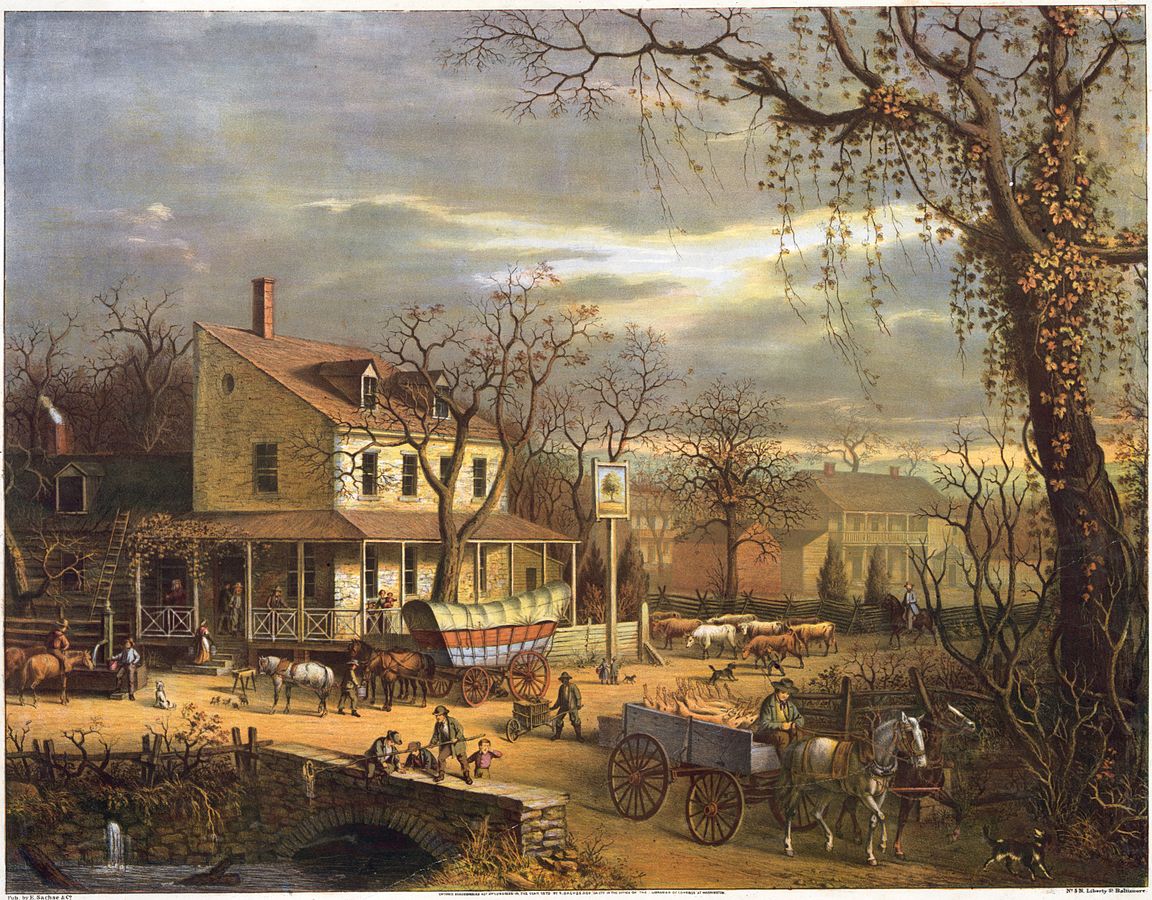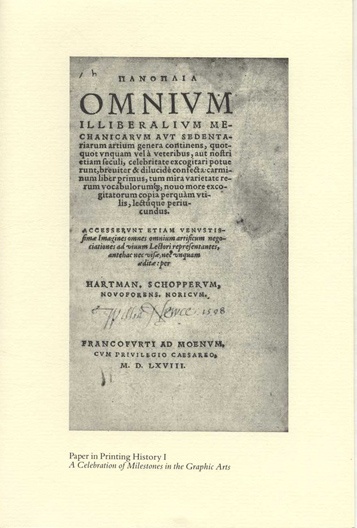Gilding is an overarching term that can be used to describe the art of applying a thin layer of gold leaf or powder to surfaces such as stone, wood, or metal. Gilding was used by the early Egyptians, and, according to Pliny the Elder, it became common in Rome following the fall of Carthage. Gilding today can be found in woodworking, ceramics, architectural and interior designs, and of course, book binding.
Book sellers and collectors use the terms gilding and, commonly, gilt, when referencing a book’s decorative gold appearance. Often we see book sellers describe their books as having all gilt edges or gilt stamped titles. These descriptors tell a collector about the decorative nature of the collectible, but what about the process that goes in to making them so? Let's take a look at some videos of the art.

















